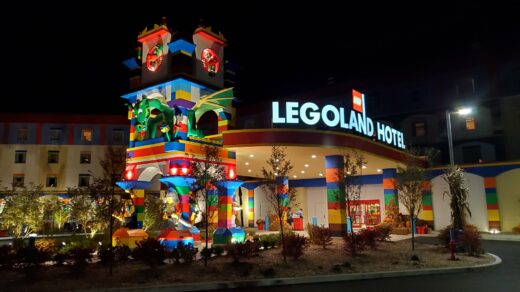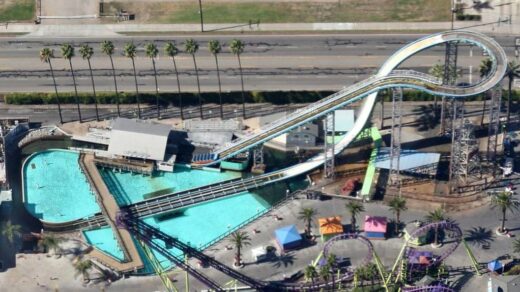Here’s how it would work : The initial ticket prices would assume perfect weather and all rides fully functional for the year. That way rates could be adjusted down based on the actual daily conditions. If the weather looks to be rain and the big coaster is waiting for a part to arrive guests get in for $20. If it’s a sunny Saturday with no maintenance issues and there is a special concert by the latest teen sensation then tickets are $50.
Example: The regular ticket price for Park Fun is $50. Forecast calls for storms so only 1,000 guests visit the park. Income from tickets is $50,000. Now in a variable price system when the forecast calls for storms the park drops the ticket price for that day to $30. Because of the reduced price 2,000 guests visit the park. Income for the park is now $60,000. The park made more money by reducing the price. More guests visited even though the weather was crappy. Is this a realistic scenario though? Would the park actually be able to double its attendance just by lowering the ticket price $20? There is no way to know without actually trying it.
What is the purpose of implementing these variable ticket prices? There are several reasons including improving customer service, taking pressure off of your employees, and making more money. The parks can get more from the people who come no matter what and then draw more visitors on days when the crowds are light. It’s not just about shifting crowds but also about increasing the revenue of your guaranteed audience and also drawing new or repeat visits on those slow days by lowering ticket prices. There would be some experimentation that needed to be done about finding that balance. The idea is to be as efficient as possible by adjusting to the market conditions rather than taking a one size fits all approach, thus maximizing profit and keeping the consumers happy.
The variables themselves do not drive the ticket price. It’s the attendance that occurs because of the variables that cause the change in price. Based on data from years past, the park knows their busiest attendance days are Saturdays in July. They set their highest price point for those days and it can never be higher than that. Then as the park determines they are likely to have lower attendance days they will want to either entice new people to come in or even shift some of the attendance from those busiest days (which helps the park to maximize the return on their daily operating expenses), so they lower the gate price. The customer thinks they are scoring big because of the discount and they didn’t even have to plan ahead. Not to mention, what would have been a limited experience day at the park on the busiest day now becomes a better experience resulting in happier guests, repeat visits, and more revenue as the cycle continues. The parks could offer you the ability to lock in your price if you buy online by a specific date. If you don’t, then you accept the gamble which could very well work in your favor or it might cost you.
Variable ticket prices would give amusement parks an opportunity to use data and technology in a way that enables them to better understand the highs and lows of attendance in a more precise and meaningful way enabling them to maximize their profit. It’s advancing their business and I think that’s pretty cool.
Nick Weisenberger














good idea! maybe they would actually raise the price more than normal on a saturday with everything all go and good weather, so the price would change for the day of the week (like airlines do for airline tickets).
Cedar Point has actually started doing this! There is a ticket deal where you can purchase cheaper tickets for Wednesdays during the month of July.